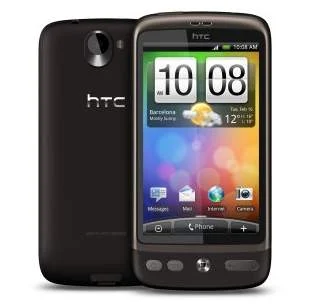HTC will be equipping a number of its newly manufactured handsets – including the Desire and global Nexus One – with Super LCD display (SLCD) technology.
The SLCD screens will effectively replace the active matrix OLED (AMOLED) displays found in the company’s current smartphone lineup.

According to HTC CEO Peter Chou, SLCD screens offer “exceptional” natural balanced color, clear contrast, broad viewing angles and improved power efficiency.
“[We are] experiencing high-demand for many of our phones, specifically our phones with 3.7 inch displays,” said Chou.
“The new SLCD display technology enables us to ramp up our production capabilities quickly to meet the high-demand. [And] the SLCD displays provide consumers with a comparable visual experience to HTC’s current 3.7 inch displays with some additional benefits including battery performance.”
HTC’s announcement comes just a few weeks after iSuppli warned of a serious AMOLED shortage that was threatened to “slow” the Android-Allied offensive against Apple’s iPhone and its entrenched AMLCD technology.
“Starting with the Nexus One introduced in January, Android-based smart phones have aggressively adopted high-quality AMOLED displays as a competitive differentiator against the advanced-technology AMLCD screen used in the iPhone,” iSuppli principal analyst Vinita Jakhanwal told TG Daily in an e-mailed statement.
“However, rising demand – combined with a limited supply base – has led to the constrained availability of AMOLEDs.”






